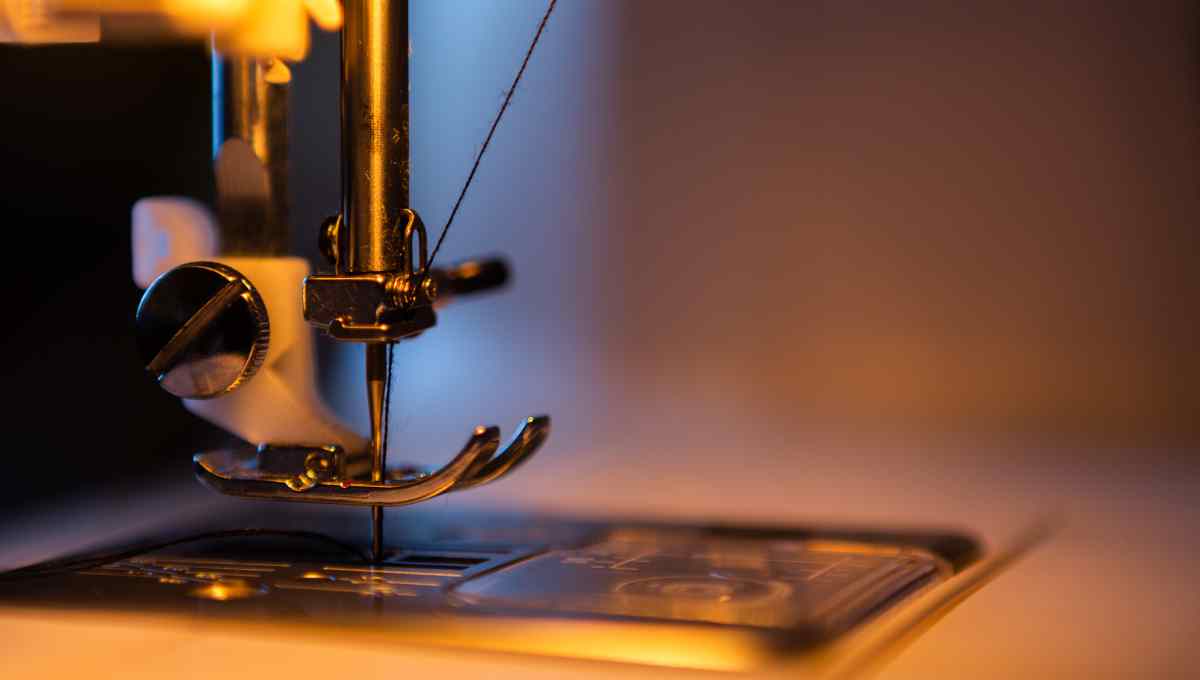Every sewing machine requires proper oiling to run smoothly and flawlessly. Generally, people oil their sewing machines to avoid jamming. Oiling has such a good vibe with it. One can sense the necessity of oiling when the sewing machine feels tighter to move and more clunky than usual. Most sewing machine manufacturing brands do offer their customized oil for cleaning and oiling a machine like; Singer’s sewing machine oil.
The type of oil you should be using is white mineral oil with less viscosity so it will not stick to the gear. Most oil does not have any odor or color.
Besides professional servicing for your sewing machine, every year or two later, one should also oil it every 4 months. But that rule of thumb applies to normal to moderate sewers. If your working span is longer than casual sewers and the projects require more velvety fabrics that shed. Then oiling and cleaning the sewing machine regularly is a must. Your sewing machine will also get oiled on these service appointments.
Well, most of your ambiguities will surely be cleared now. So if you are interested then keep reading to get properly addressed about the subject matter.
How to prepare a sewing machine for lubrication?
Before getting started with oiling, you need to do your homework. Gather everything that you will need to clean and oil the sewing machine. It’s essential to clean all the clunky areas of your sewing machine. And for the sake of cleaning, you are going to need brushes that can reach the lint in depths and have sharp tips too. Along with that, some duster or soft cloth for cleaning will work well too.
Lint brushes can be altered with toothbrushes. These kinds of brushes have different-sized twigs on them that make even the deep dust and lint accessible to the brush. And this makes a huge difference in cleaning.
Hence for cleaning, firstly; switch off the sewing machine. And remove all the possibly removable parts of the sewing machine including threads, spindle, bobbins, presser foot, needles, etc.
Sewing machines acquire plenty of dust in there which cannot be removed without the help of dust spray. Take a duster fabric and dust spray and begin tidying the machine as much as possible. You can use a duster under the needle plate as well as there is enough dust under that.
If you find it hard to access some more clunky areas then use a firm lint brush. These brushes help access the holes and where the brush cannot reach them, there you can use a tweezer. That works wonders.
How much oil do you need and how do oil a sewing machine?
A sewing machine should be placed over a piece of cloth or a newspaper. This will avoid dropping oil over the floor. Always start with little oiling and then add more as per your sewing machine’s requirement.
Another tip is to read a manual for your specific sewing machine oiling. As different brands have different preferences when it comes to oiling and cleanliness. This will help you avoid any harm to your sewing machine. Brush each part of the sewing machine separately.
Once you are done with cleaning then use a cotton bud, a cotton fabric, or simply any soft twigs brush. Drop oil slowly under the needle plate and brush it with a cotton bud. Remove the bobbin case, the bobbin, the hook cover, and the hook and clean them first, and then oil with cotton fabric.
Your screwdriver comes along with your sewing machine, so you can easily unscrew all the parts. You need to pour a few oil drops into the whole housing unit including the bobbin case and the shuttle hook.
Endnote:
Oiling is not a very technical job. It is cleaning that needs to be done keenly to make oiling more significant. Every sewing machine manual suggests a particular procedure for oiling their manufactured product.
